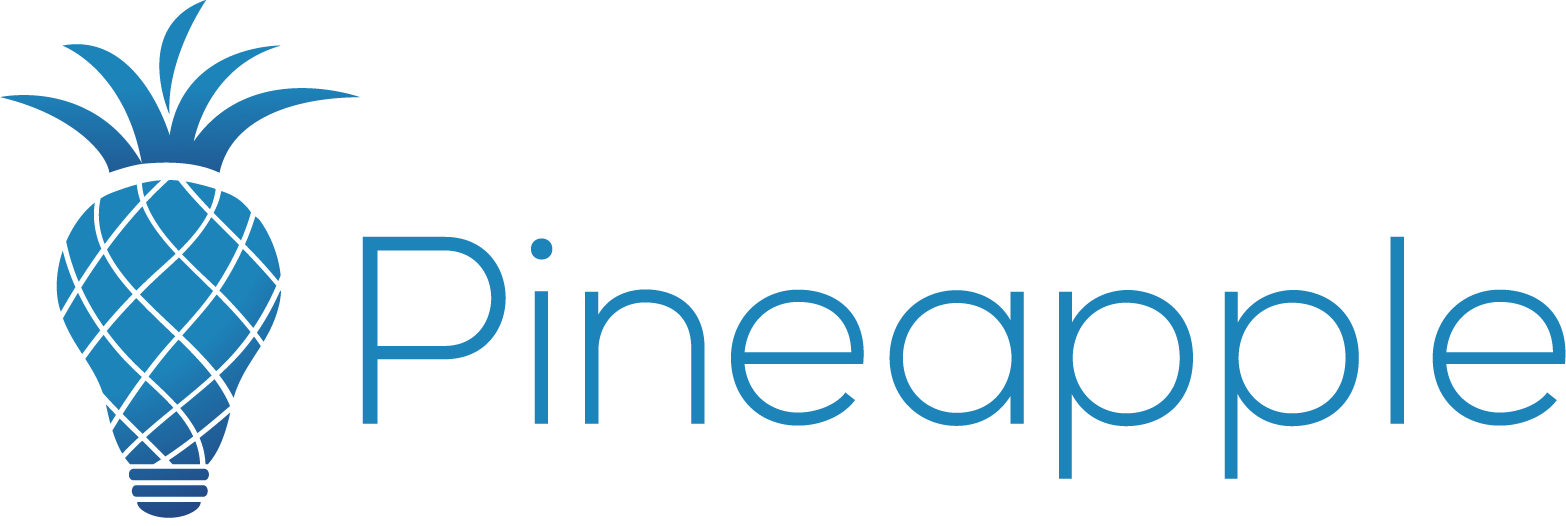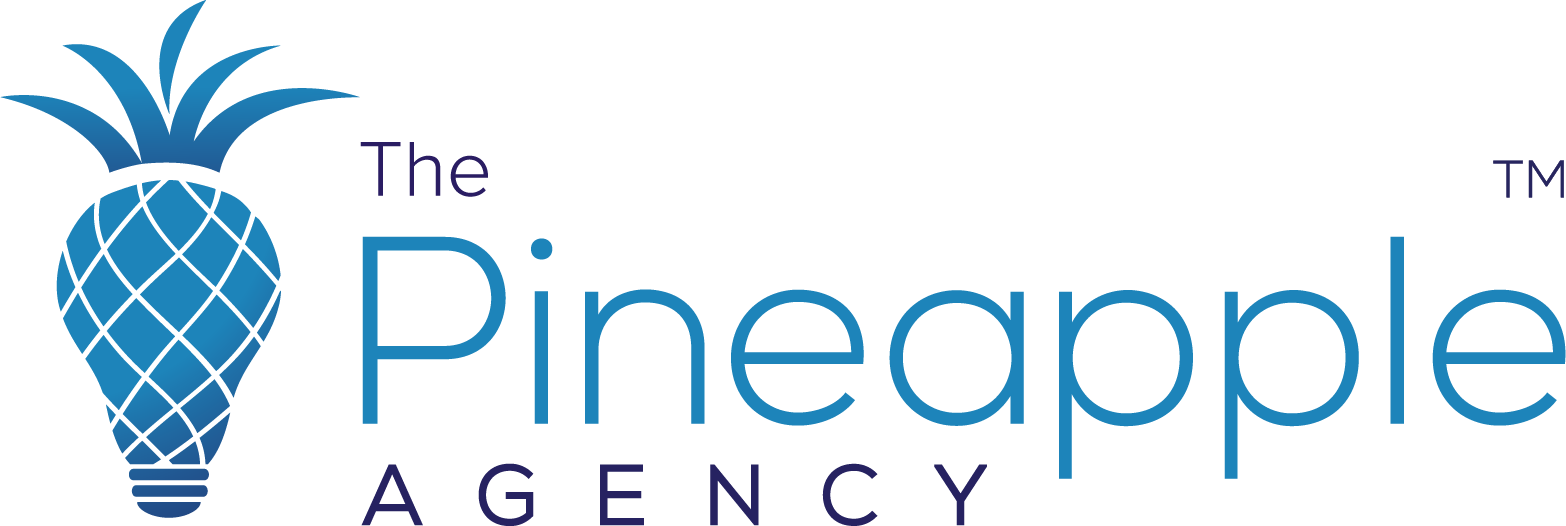Sports and Experiential Marketing – What’s the new play?
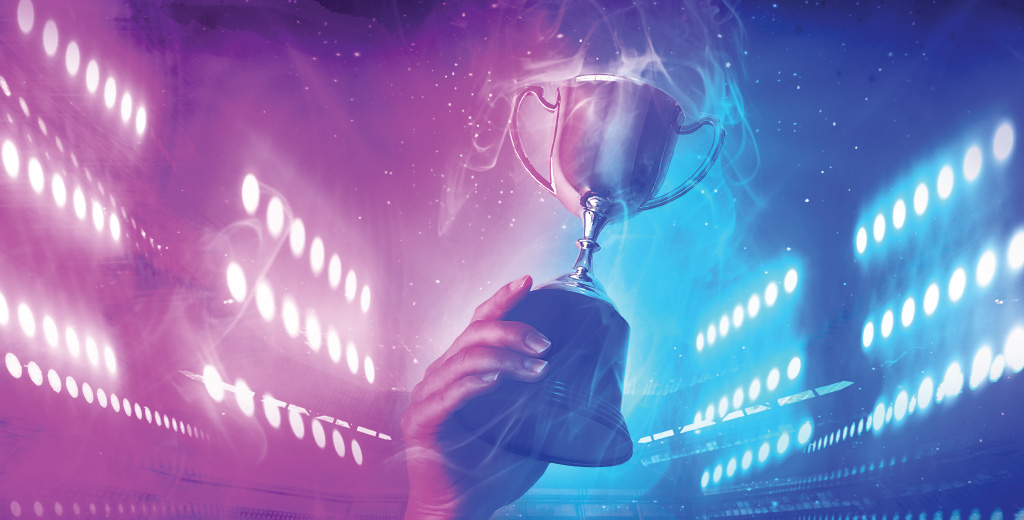
Same Game, New Rules
SWISH. The atmosphere is nothing less than electric. Everyone is on their feet now. Time stands still as thousands of eyes are all fixed on the same scene unfolding in front of them. The faint swoosh of the net and blaring of the buzzer is drowned out by the eruption of roars from the crowd…Whether you’re a SportsCenter junkie or an occasional fan, it’s hard to beat the thrill of live sports. In a non-COVID world, sports and experiential marketing go hand-in-hand, but for the time being, stadiums remain empty or only partially full. Regardless, sports fans and brands alike have found creative uses of technology to bridge the gap between the couch and the court-side.
Here’s a brief look at the landscape of sports and experiential marketing as its evolved:
IRL to AR
With consumer behaviors in constant flux, marketers are challenged with the task of adjusting along with their audiences. After a tumultuous 2019 season, the NBA was forced to halt play in March just before the playoffs. The season suspension was the first sobering moment of just how widespread the impact of the virus would soon become. At the time the season was suspended in March 2020, there were still 259 games left in the 2019/20 NBA regular season.
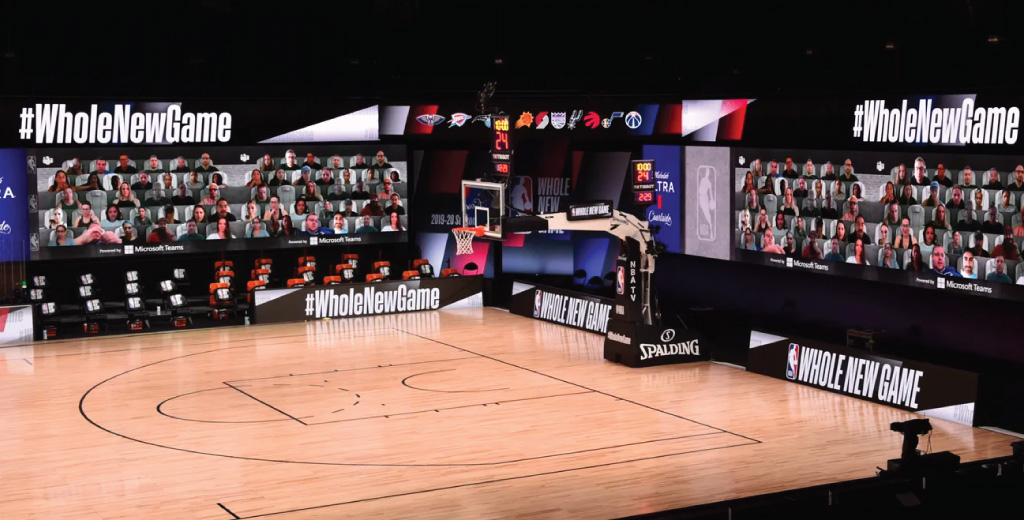
With the proverbial shot-clock ticking, the NBA and it’s sponsors weren’t ready to throw in the towel just yet. After months off, the season resumed within the highly monitored Disney Bubble with relative success, proving a path forward for contact sports like basketball. With the restart, brands have been quick to employ the latest in live-streaming tech to bring the experience and excitement of sport to fans. Michelob Ultra, the official beer of the NBA, didn’t miss a beat and took their sports and experiential marketing strategy online offering the chance for virtual court-side seats to the Finals. Using its Teams “Together” mode, Microsoft has designed stadium-like experiences for 300 fans to watch their teams play and interact with each other from giant 17-foot screens surrounding the court. While of course, recreating all the excitement online doesn’t translate perfectly, features like the “Tap-to-Cheer” option on the NBA and WNBA apps give fans and players a chance to make the best of an awkward situation. On the app, brands and athletes have a natural way to interact with sports fans who can still show their support and give their favorite teams the home-court advantage from their own homes.
Home Advantage
Speaking of home advantage — with fans unable to come to them, brands are having to get a little bit more creative when delivering experiences. And Bud Light, a brand integrated into sports and experiential marketing more than any other, is taking that challenge literally. When sports seasons were allowed to resume, Bud Light was ready to go the extra mile for sports-starved fans. After the anticipated return of the NHL season, Bud Light teamed up with Drizly to deliver some celebratory beers right to fan’s doors in true hockey fashion – by way of a big Bud Light blue Zamboni. Since the campaign’s initial puck drop, they’ve expanded their delivery offering to include Bud Light Platinum and Bud Light Seltzer through 21 different retailers. Not to mention, as part of the There’s a Bud Light There campaign, the brand hailed the return of baseball season by creating a few video spots with a light-hearted quarantine-take on the classic “Take Me Out to the Ballgame”. With a little ingenuity Bud Light has been able to make it easier for fans to find something to celebrate, even if it’s just some comic relief.
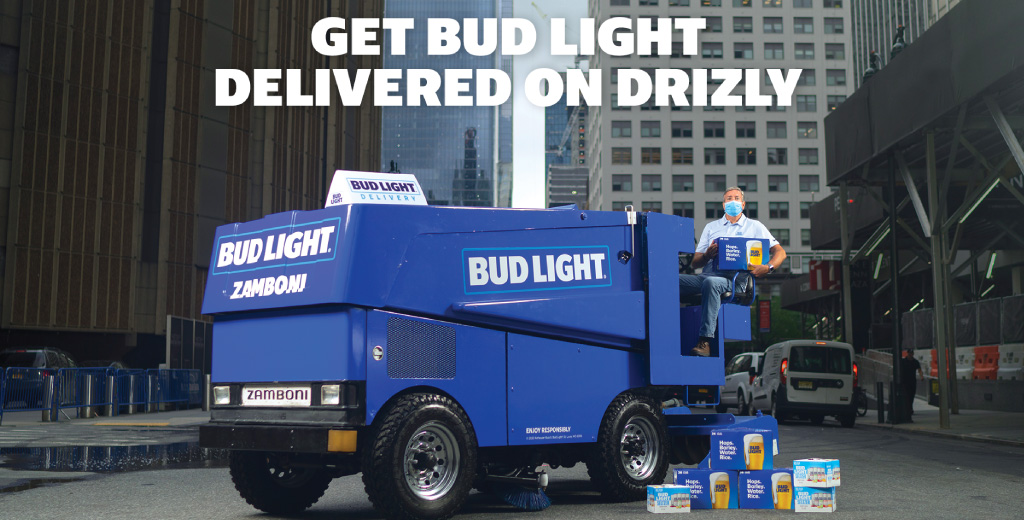
The Pandemic-Proof Sport
Esports and online gaming leagues have surged in popularity since the pandemic hit. Though the leagues had to cancel live competitions in the wake of the virus, it still thrives online through streaming platforms like Twitch. What was once an online niche has exploded into the mainstream and brands are taking notice. We’re seeing big brands like United Airlines getting in on the action and initiating esports sponsorships during the pandemic. By teaming up with sports, they’re combining something tangible AND digital. This is an innovative, fresh, brand marketing opportunity for an established brand like United. This isn’t a one-off blip — expect to see more and more brands following suit as professional gaming starts stepping center stage.
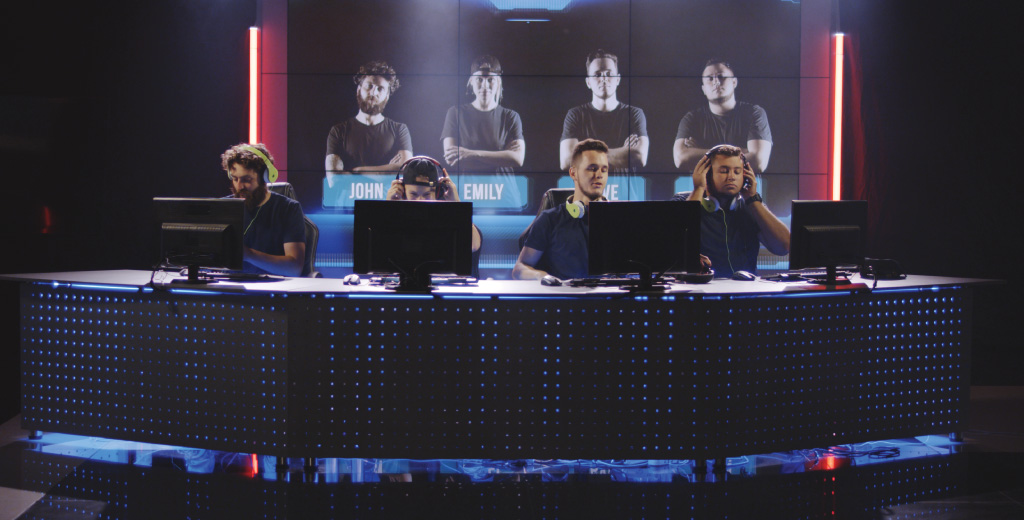
Taking a Timeout
Through all of the lockdowns, quarantining, and self-isolation, social media, and live video have offered all of us a way to safely stay connected as well as giving brand marketers another outlet for activation. Brands like GoPro and JPMorgan Chase rely heavily on event marketing and sponsorships throughout the year, but both brands found themselves facing the unique challenge of having marketing dollars set aside to spend on events and suddenly nowhere for it to go in 2020. GoPro pivoted to #HomePro — social media-based sweepstakes challenging consumers to find adventure in their own homes and submitting their most creative at-home adventure video or photo for a chance to win free gear, discount codes, and other prizes. Chase kicked off the U.S. Open tennis tournament with Chase Sound Check, a live virtual concert with performances by Khalid, Kane Brown, and Chloe x Halle and hosted by Serena Williams. Additionally, Chase launched the #UnlocktheOpen Twitter sweepstakes where the brand is delivering more than 8,000 free boxes of branded swag and treats from local bakeries to consumers who participate. Both campaigns have been a success with thousands of submissions from all over the globe proving that with a little creativity and new messaging, brands can still connect with fans from a distance.
Whole New Ball Game
Of course, everyone is missing the thrill of in-venue sports and with football season upon us, this fall just won’t feel the same without time-honored traditions like The Bud Light x Broncos tailgating and stadium experience. But even with all this change, those of us in the business of building creative experiences are finding ways to stay connected and keep the relationship between sports and experiential marketing alive, even if it’s from a tv screen rather than a stadium seat. Agencies, brand sponsors, and technology developers have taken the change in stride and aren’t viewing it as an obstacle to overcome, but an opportunity for experimenting with creative solutions and emerging tech. By weaving together digital and live experiences into hybrid events, brands are pioneering new solutions to reimagine the fan experience and even bring a little bit of much needed normal to our lives.
